NMFC Changes Are Costing You More Than You Planned
UTS Experts Can Stop You from Losing Money



Even logistics teams who thought they were prepared are discovering the real-world impact is far more complex than anticipated.
The difference between struggling and succeeding? Smart logistics leaders are acting fast to course-correct instead of hoping it gets easier.
UTS specializes in rapid NMFC compliance implementation:
Don’t let freight classification problems compound into Q4. Start fixing your operations today.
The new system streamlines freight classification using a standardized approach based on density, handling, stowability, and liability. This simplification makes it easier for shippers and carriers to understand and apply the classifications consistently.
Users will find the NMFC easier to navigate and understand with a more intuitive classification system. This improved clarity reduces confusion, minimizes errors, and allows for quicker, more confident decision-making in the shipping process.
The density-based approach aligns more closely with actual shipping costs and space utilization. This leads to more accurate classifications on the first attempt, reducing disputes, reclassifications, and administrative overhead for shippers and carriers.
Maybe your team spent time and resources planning for the NMFC changes. Or maybe the preparations got lost amidst the bustling workdays and the changes went into effect sooner than you could have anticipated. Either way, the reality of these changes is hitting your business hard.


UTS helps logistics teams quickly implement proper NMFC 2025 protocols and reclaim control of their freight costs.

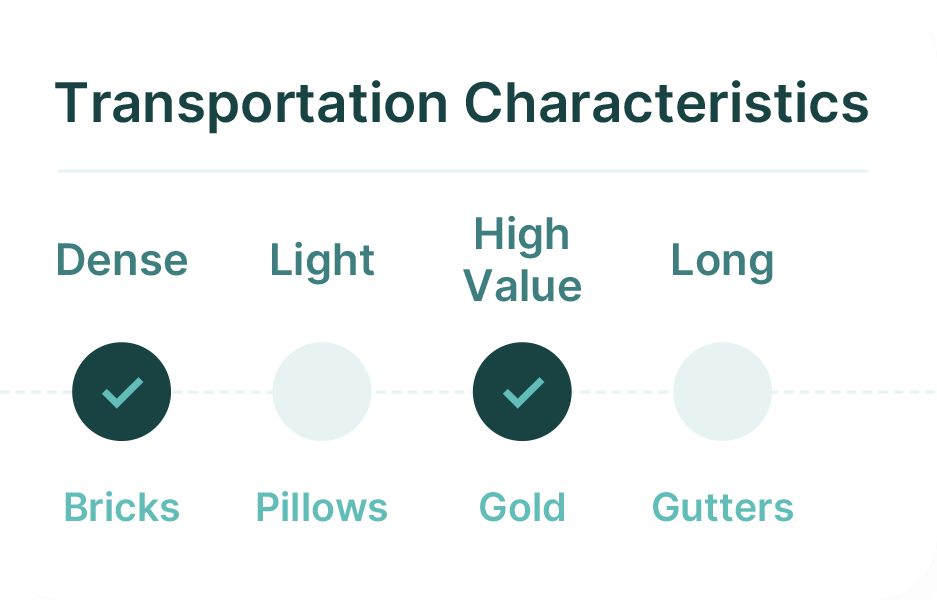
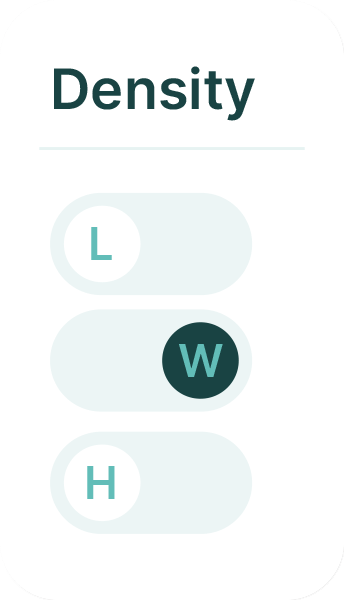
Expands from the previous 11-subprovision model to include new classes 50 and 55.
Your heavy, dense products might qualify for better rates—but only if you recalculate correctly. Most shippers are missing these savings opportunities or miscalculating costs.
Product categories have been affected in different ways— from classification shifts to reclassifications based on product density.
Carriers are finding classification discrepancies daily. That “routine” shipment classification you’ve used for years may have shifted without you realizing it.

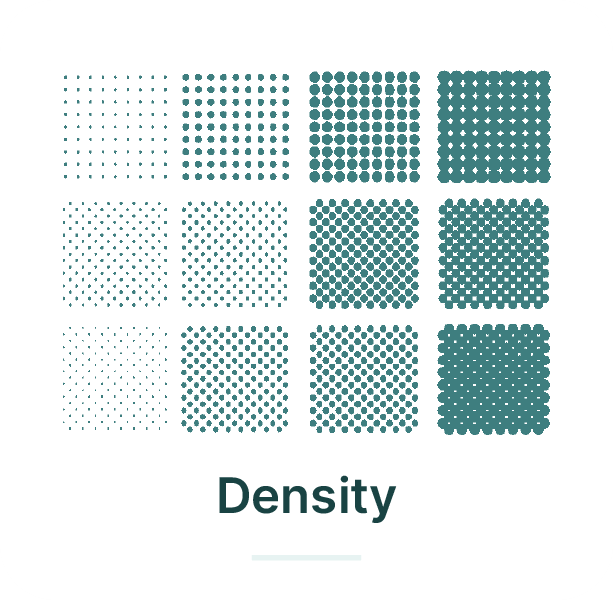
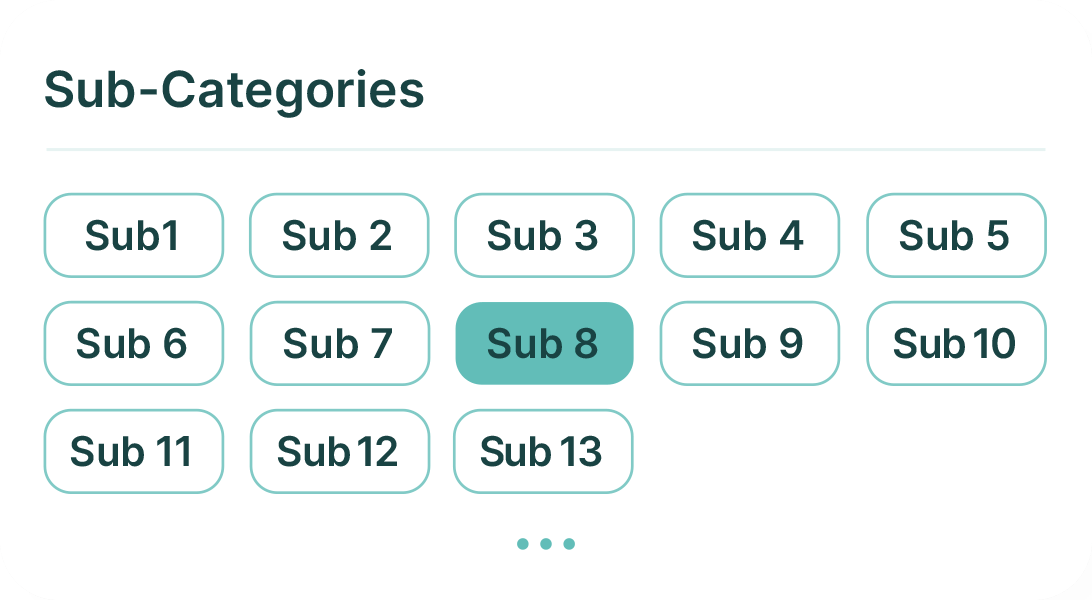

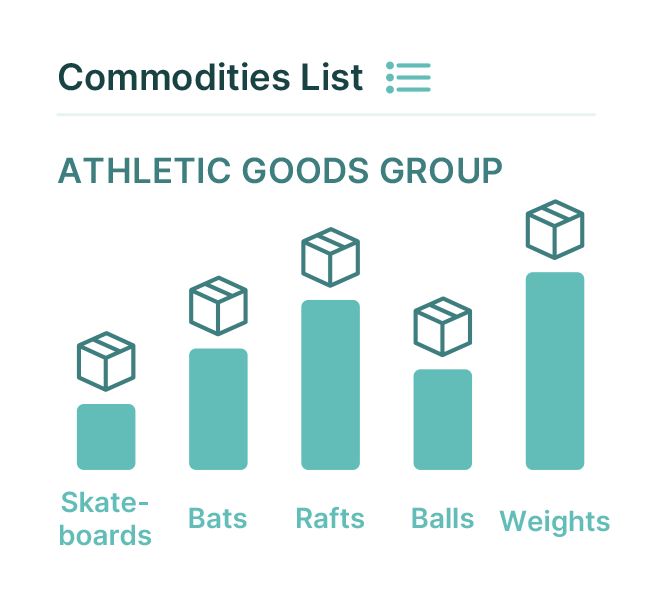
156 generic groups have been revised, affecting about 5,000 items through condensed and modernized commodity listings.
Your entire product database built around these categories needs immediate updating. Every unchecked item is a potential cost overrun waiting to happen on your next shipment.
New unique identifiers for density, handling, stowability and liability improve communication between shippers and carriers.
Carriers expect you to use these identifiers correctly— mistakes trigger penalties and billing disputes. Your team needs training and tools on these new NMFC rules on this new system to avoid costly classification errors.

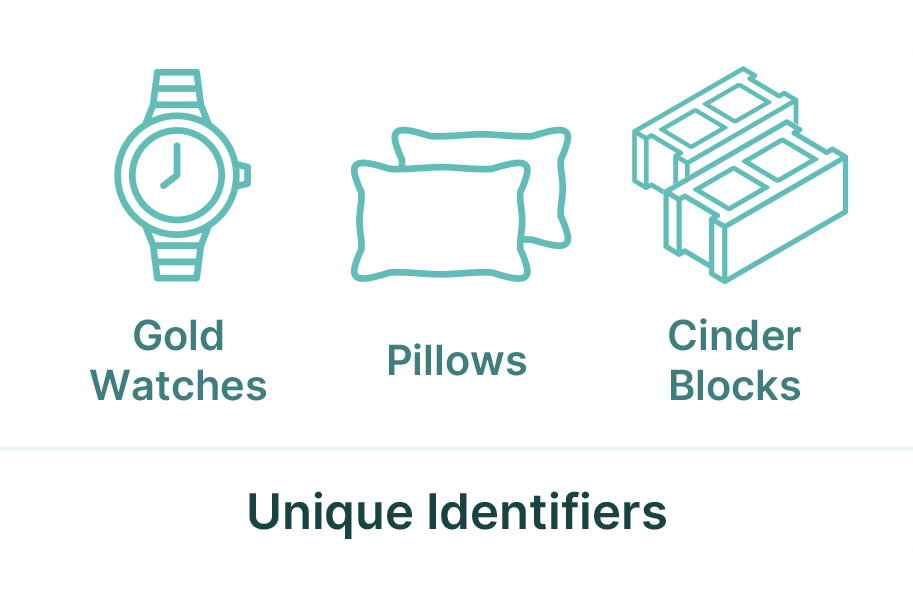
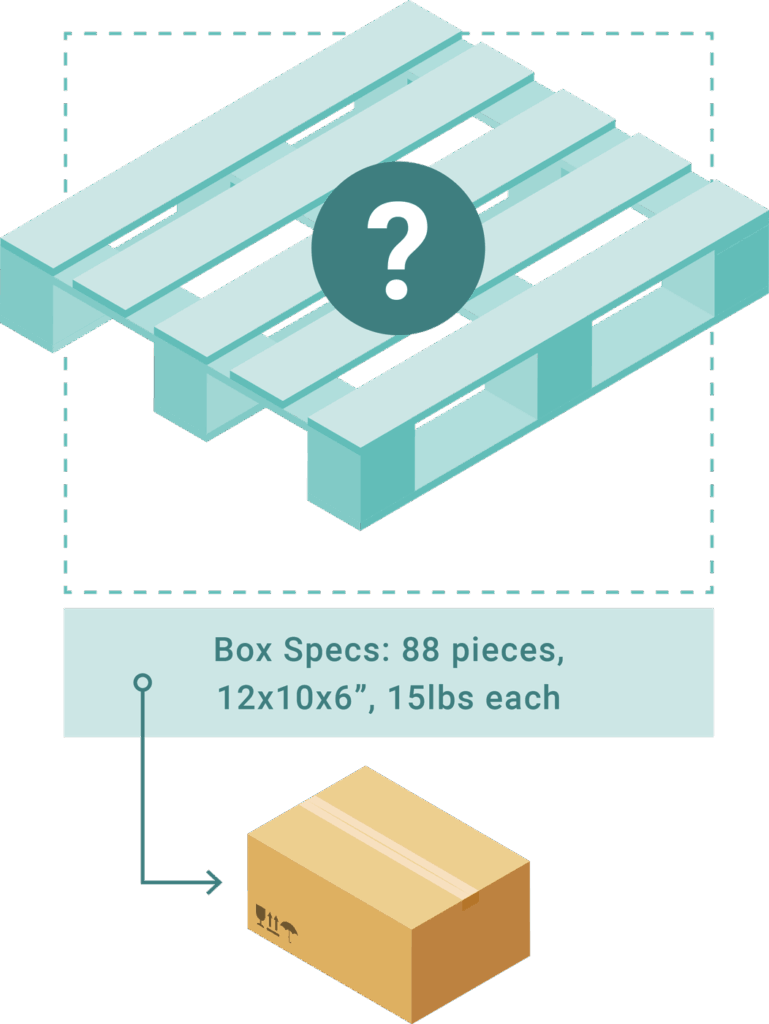
Shipper submits the following:
Without full pallet dimensions, the initial shipment estimate is as follows:
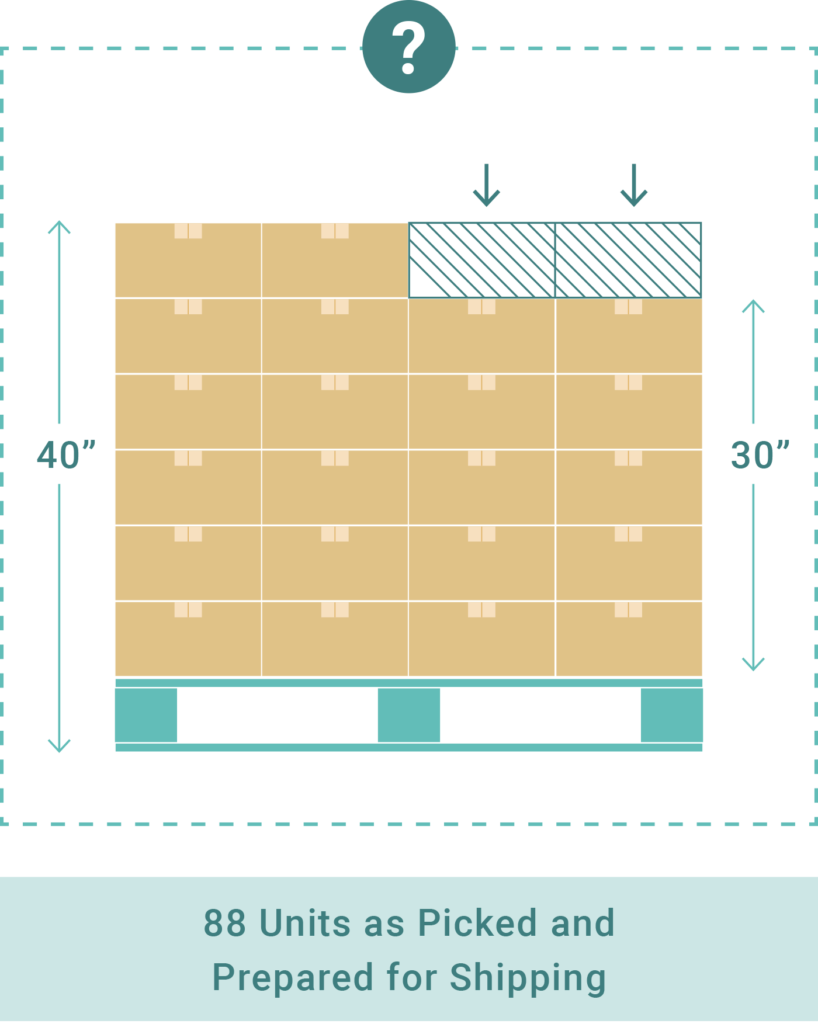
Shipper submits the following:
> SHIPMENT NET CHARGES = $362.52
> INCREASE OVER INITIAL ESTIMATE: +$34.68 (+10.6%)
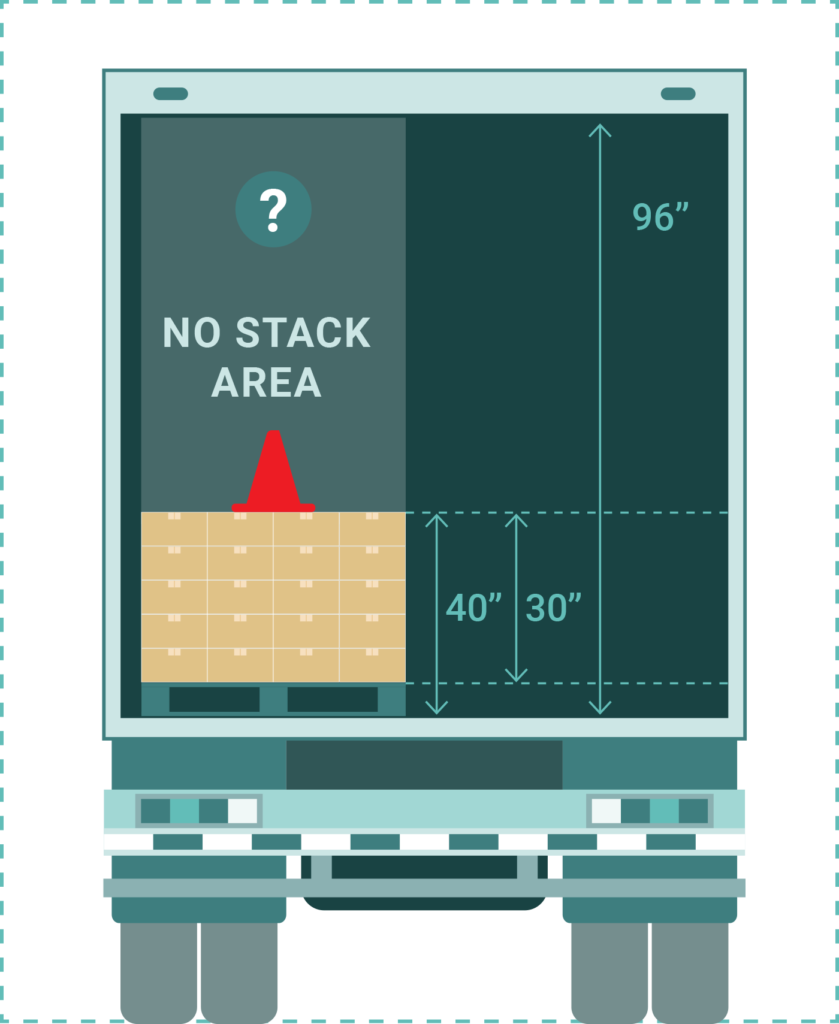
Adding a cone to the shipment above triggers additional tariff rules:
> SHIPMENT NET CHARGES = $450.19
> INCREASE OVER INITIAL ESTIMATE: +$87.67 (+39.3%)
We’ll incorporate carrier-specific rule changes into our LTL pricing and libility reporting.
Our specialists update your product database to comply with new NMFC classifications.
We secure fair pricing for complex shipments, including mixed commodities.
Our rankings automatically adjust to reflect NMFC changes and carrier rules tariffs.

Access our trained professionals for a personalized assistance.
Get expert guidance on adapting your shipping processes to the new system.
Every day you delay costs you money. Consult with a UTS expert for free and become NMFC compliant.
"*" indicates required fields